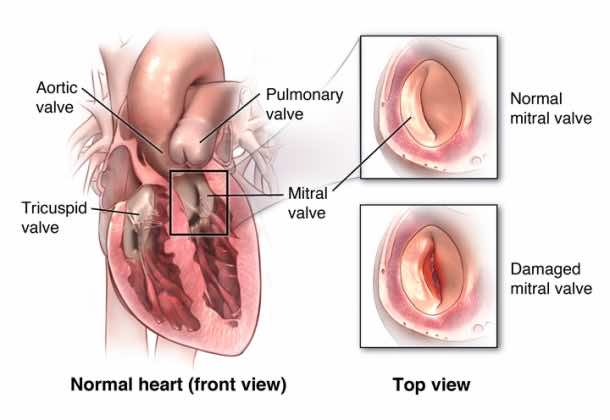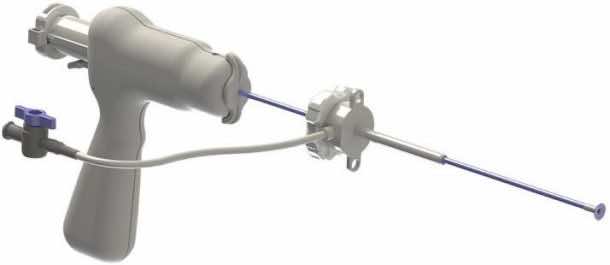Harpoon Medical and the University of Maryland Medical Center together has come up with a device that repairs heart valve without the need of an open heart surgery. The device is named Harpoon TSD-5 and it uses minimally invasive approach to treat a serious cardiovascular disease which previously was not possible without stopping the heart beat.
Mitral Regurgitation:
The Mitral Regurgitation (MR) is a degenerative disease known to be the most common disorder of heart valves. The Mitral valve, MV, is present in the left chamber of the heart between the atrium (upper chamber) and the ventricle (lower chamber). Disorder in the valve cause leaking of the blood in the wrong direction which results in complications and fibrillation (irregular heart beat). MV is repaired usually by open heart surgery which is both invasive and lengthy procedure. The chest has to be opened, heart beat is stopped and heart-lung bypass machine is used and recovery time is normally several weeks.

The Procedure:
Harpoon TSD-5 -although looks like a torture or drilling gun- saves the hassle and penetrates the heart right below the chest on left side by a mini-thoracotomy method. An introducer valve is then entered into the incision providing a pathway for the procedure. The tip of the device is brought to the mitral valve to stabilize the flaps and artificial cords are then anchored to substitute for the natural cords.
The major benefit of the device is that it automates a crucial segment of treatment procedure thereby simplifying the entire process and reducing operation time.
“We think this is a safer approach than open heart surgery,” noted Chief of Cardia Surgery and principal investigator James S. Gammie, from UMMC. “We think the safety profile is going to be better and, ultimately, people will be able to go home from the hospital the next day.”
Here’s an animation of the method:
This experimental medical device has entered into clinical trials and the results were published in Circulation recently. The study collected data of 11 patients who underwent Harpoon TSD-5 procedure in Poland. Researchers reported a remarkable 100% success, 1 day discharge time and 30 days of stable follow-up data.
Although the Harpoon device shows promising results, it still needs more experimentation before it is available commercially. Next stage of clinical trials would be to include more patients and test the procedure against cases of differing levels of MR severity.



